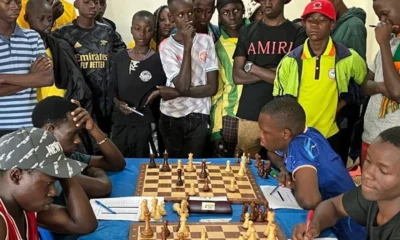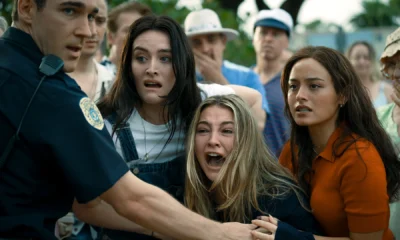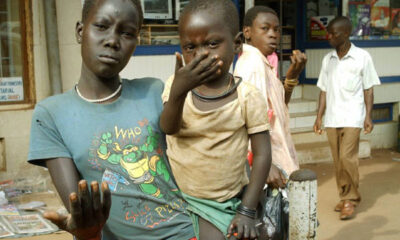Arts
Before you heard your favourite song!!
A Behind-the-Scenes Look Into Music Production

Singer Sheeba Karungi in one of her popular videos
Quite often when we hear a hit song from our favourite artists, we don’t spare a thought about what the artists go through to bring out the melodies that melt our hearts.
The reality is that this process resembles an industrial exercise of value addition that ensures that ideas are transformed into a product in a very collaborative fashion. And when the song is done it has to be promoted through vigorous marketing in order to earn the public’s approval.
The Sunrise’s Fahad Kasibante reveals the step-by-step process through which modern music production undergoes.
Writer/Composer
Before a sentence becomes a chorus, the writer is the mastermind behind every word and sentence that make a song. Uganda’s entertainment industry is gifted with many song writers though many have not been mentioned. To credit or not to credit the writer of the song is usually a matter of debate and consensus between two or more parties.
Some writers insist on getting a credit in the audio as well as the video. Others want to act behind the scenes. In Uganda, this craft is gaining importance and some people now live off writing. So they have set prices for their songs. Some popular writers can charge up to 2 million shilling for a single song. Some writers tend to study certain artists to the extent that they make songs that fit the singer’s vocal power, style as well as past or present lifestyles.
The producer
But the song is not done until it has reached the producer. This is the guy who arranges and harmonizes the lyrics with instruments.
In many instances these days, the producer is a computer freak who gets instrumentation from the computer rather than record them in a studio. But there are also naturally talented producers who take time to play instruments that they believe will rhyme the lyrics.
Backup singer
Back-up singers add depth and flavour to a song. This is because even if the singer has the sweetest voice, it cannot solely create the right rhythm for the entire song. A song that is not backed up is likely to sound boring.
Some people such as Sharon Kaka, have established reputations as being very good backup support because of their vocal power. In fact such talent is not very different from that of the singer. That is why many use backup singing as the path as the stepping stone to successful musical careers.
Live instrumentalists
Live instruments like guitars and saxophones give a feel to the song and it sounds sweater and lively. Live guitars sound so different from those played on a computer.
Mike Ouma, Jacob, Shalmax and Josey Sax are some of the live instrumentalists that feature most of your hit songs.
After all instruments are added, the song is mastered by the producer who later hands over the entire project to the artiste and his management.
Promoter
Like a pack of good flavoured yoghurt or visual artistic creation, a good song can fail to gain popularity if not well promoted. In fact some artists have lost songs to crafty rivals who take advantage of their relative popularity to steal others music. With proper promotion, this is unlikely to happen.
The use of traditional media such as radio and TV is one of the common ways through songs are promoted. The challenge with this though is that in the desperate search for airplay, artists have handed their creations to pirates. In Uganda , the idea of protecting the intellectual property is gathering momentum and artists are now more sensitised about how to promote songs without losing your intellectual property, thanks in part to the efforts of Uganda Musicians Association and other groups and individuals such as musician-turned lawyer Silver Kyagulanyi.
Other avenues of music promotion include social media platforms like Facebook and Instagram.
Many times, musicians hire promoters for the job or use the power and machinery of production companies such as Team No Sleep (TNS), Swangs Avenue to hustle it out.
Video producer
After the audio production process is done, some producers help in finding a favourable video producer for the artiste and other times the artiste’s management has a task of finding the best video team depending on their budget.
The video making team comprises the director of photography who takes charge of visual equipment and the shooting. The process requires a director who inspects and directs the rest of the crew.
A video editor pieces together and compresses hours of footage into the three or four minutes of video we the consumers are accustomed to.
Comments

























